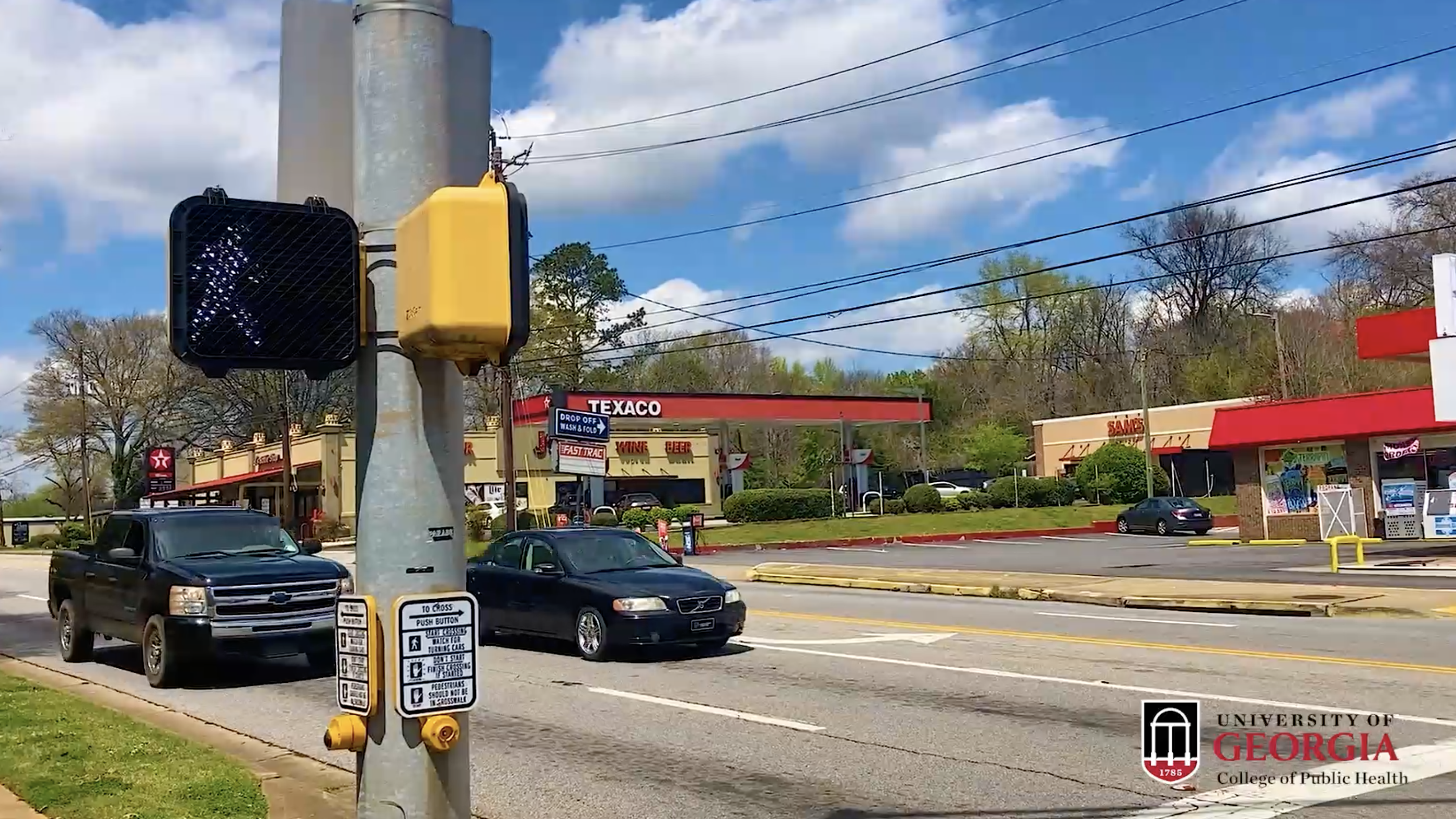One third of Georgia roadway deaths in 2020 occurred in rural counties, according to a new report from researchers at the University of Georgia.
Of the total of 1,587 roadway fatalities across the state, 30% happened on rural roads, away from the congestion of Atlanta and metro suburbs.
“Traffic incidents are completely preventable,” said report co-author Ansley Kasha, program director for the Traffic Safety Research and Evaluation Group (TSREG) at UGA’s College of Public Health.
A large part of TSREG’s work is evaluating state-funded programs and policies aimed at improving traffic safety. Together with group director Heather Padilla and data analyst Elliot Daimler, Kasha compiles annual reports for the Governor’s Office of Highway Safety (GOHS).
These reports present a snapshot of traffic safety data that public health and elected officials can use to target prevention efforts.
“We are using traffic data to inform funded programs and policies, so that data we’re analyzing is only good if we’re able to synthesize it into meaningful information where it can be used to make decisions about existing and new programs in the state of Georgia,” said Kasha.
The 2020 numbers come at a time when traffic injuries and deaths are on the rise across the U.S.
Severe injuries from traffic accidents increased in 2020, surprising experts who thought that numbers would decline during the pandemic when fewer people were moving about on roadways.
The National Highway Traffic Safety Administration (NHTSA) cites increased substance use, lack of seatbelt usage and even increased speeds in rural areas for the rise.
In Georgia, rural counties are impacted by multiple factors that contribute to roadway fatalities and injuries.
“Rural communities have larger proportions of older adults and higher rates of substance use,” write the authors. “Aging adults face a unique set of challenges as drivers.”
These issues intersect with broader public health challenges, and Kasha says TSREG’s work is informed by and in turns helps inform other efforts going on at the College of Public Health.
For example, public health faculty in the Institute of Gerontology are studying how eyesight changes with aging and which environmental conditions could impair vision. TSREG’s work contextualizes the scenarios where older drivers have been involved in traffic incidents.
TSREG is also directly partnering with the Healthier Together program, which is led by the College.
Healthier Together is an interdisciplinary, community-based program operating in five rural counties in Georgia. Their aim is to increase access to healthier foods and safe places for physical activity in these counties, which have some of the highest obesity rates in the state.
“Assessing the barriers and opportunities that drivers, bicyclists, and pedestrians face in their lived environment paints a more detailed understanding of the ways in which current transportation options either work or do not work for its residents,” said Kasha.
TSREG is now in the beginning stages of a five-year rural roads evaluation, looking at how residents and stakeholders move into, through, and out of the same five counties participating in Healthier Together.
The information that they obtain from the evaluations will be integrated into their current database and used to inform targeted efforts to improve the health and safety of rural communities in Georgia.
“Our work fits into ongoing public health efforts by just taking a multidisciplinary and interdisciplinary approach to promote ways that these traffic injuries and fatalities can be even more preventable,” says Kasha.
– Chancey Phillips
Posted on April 19, 2022.







